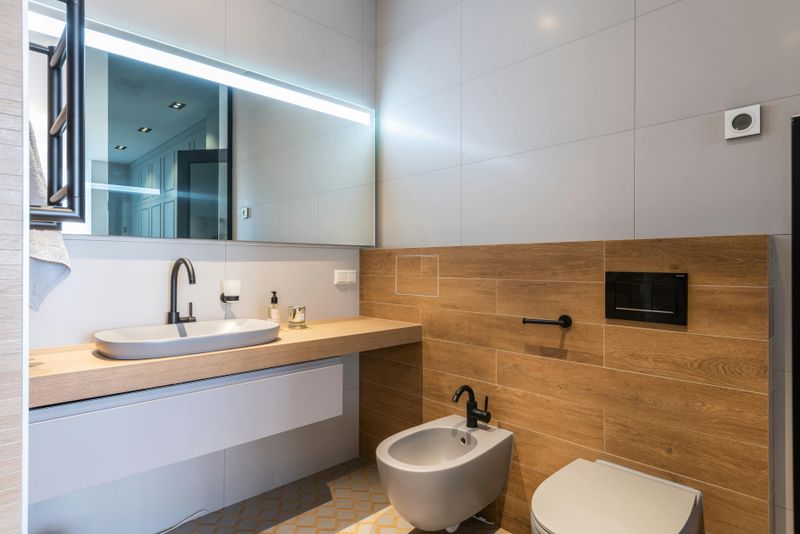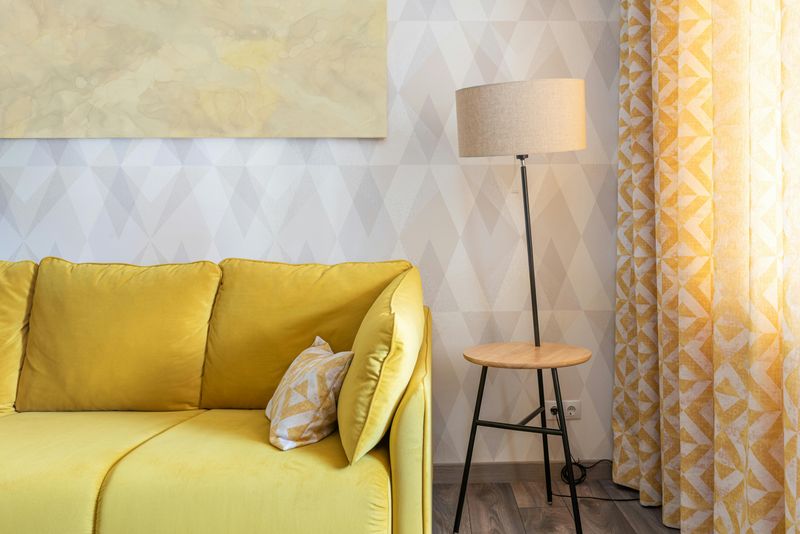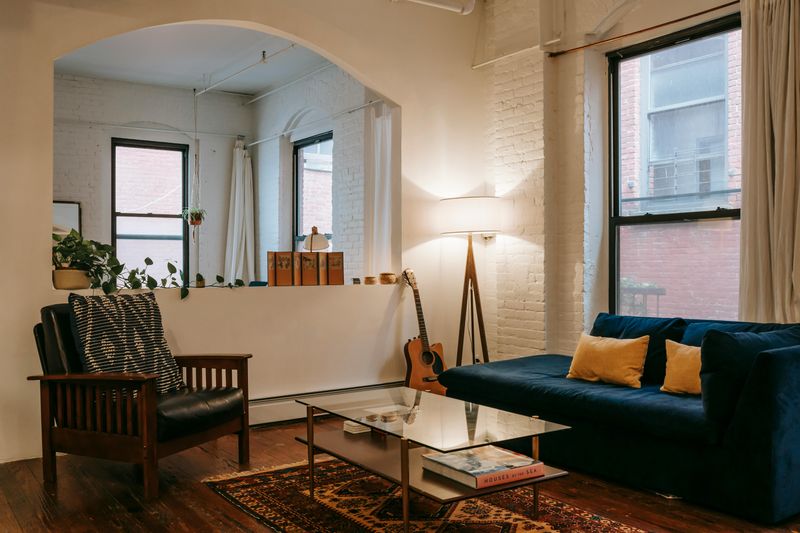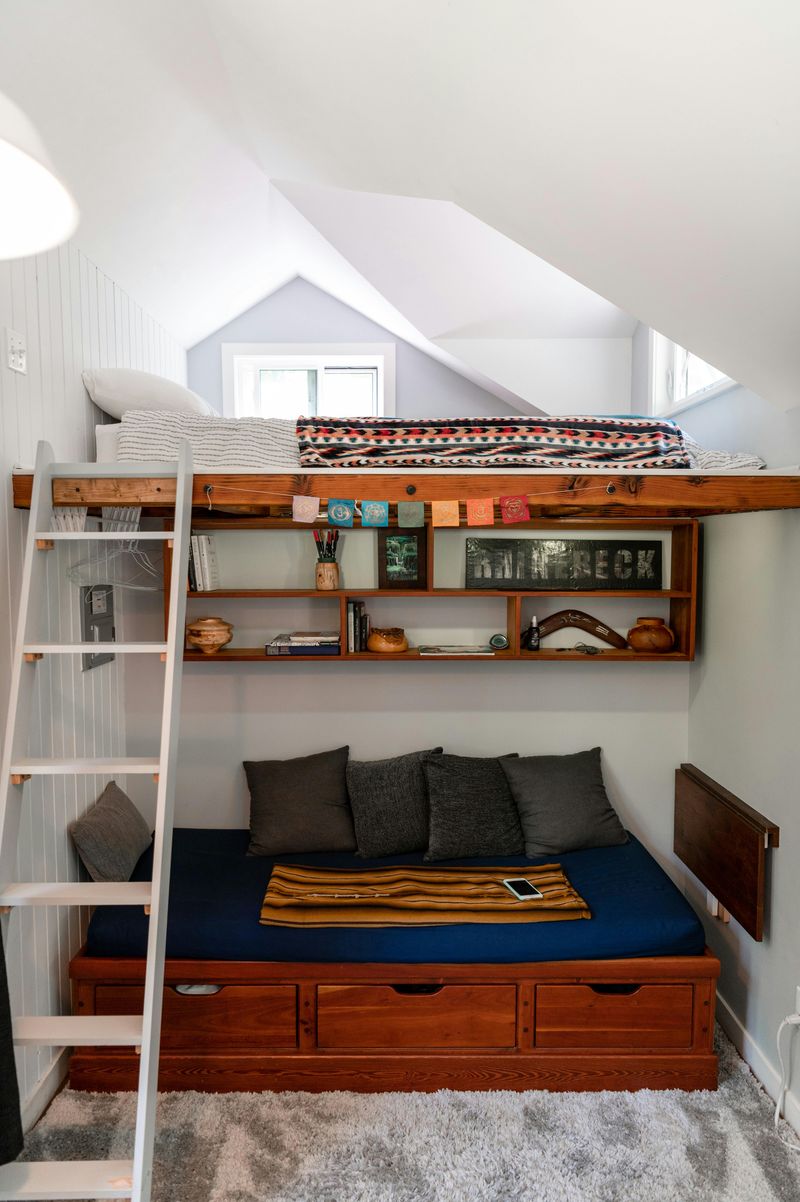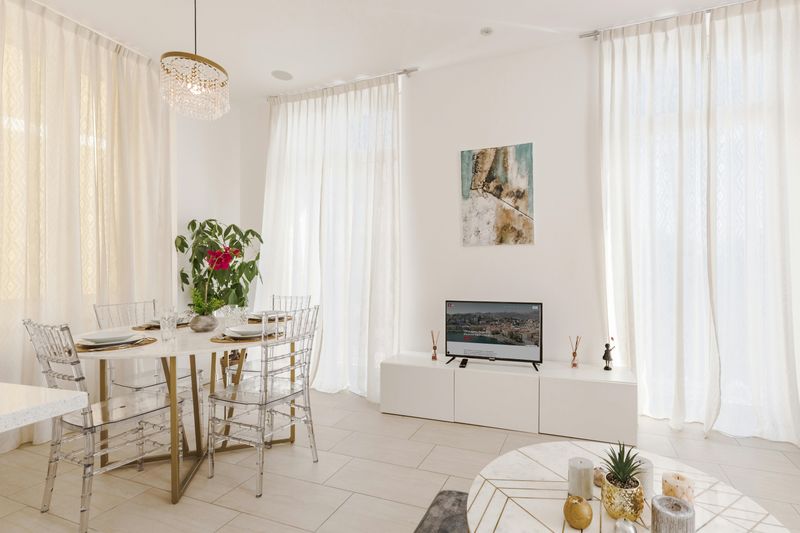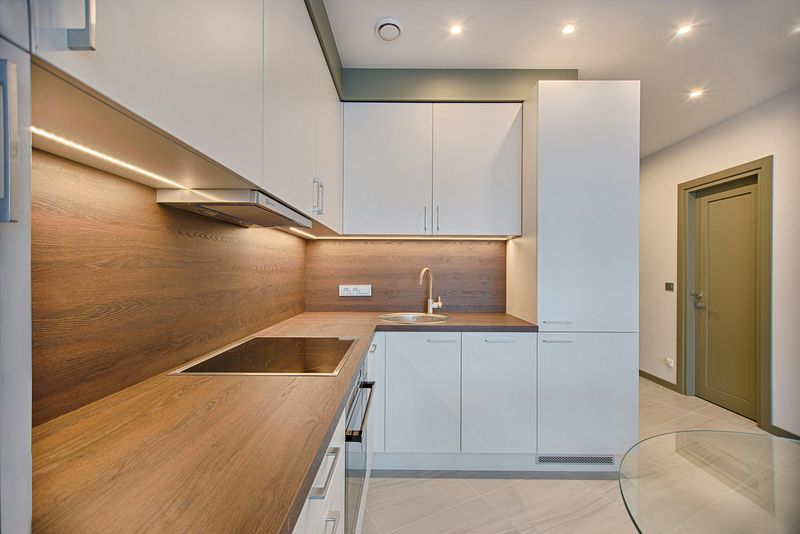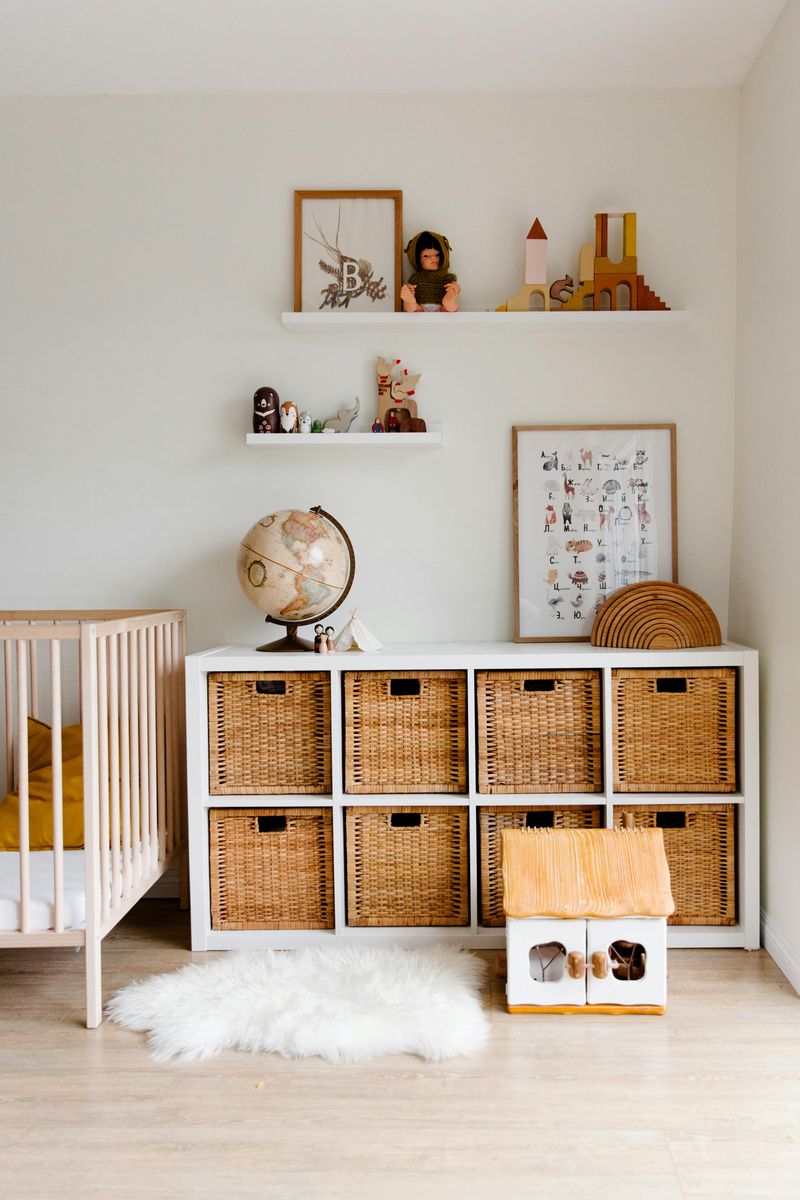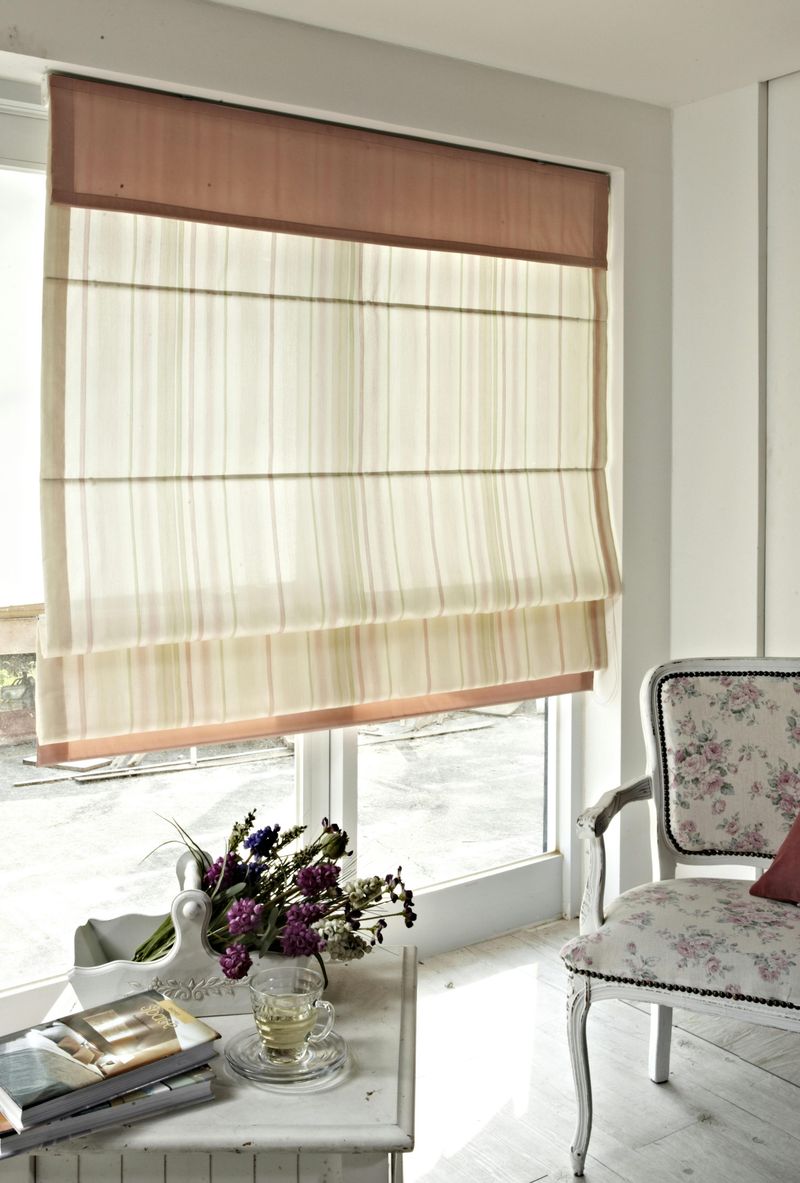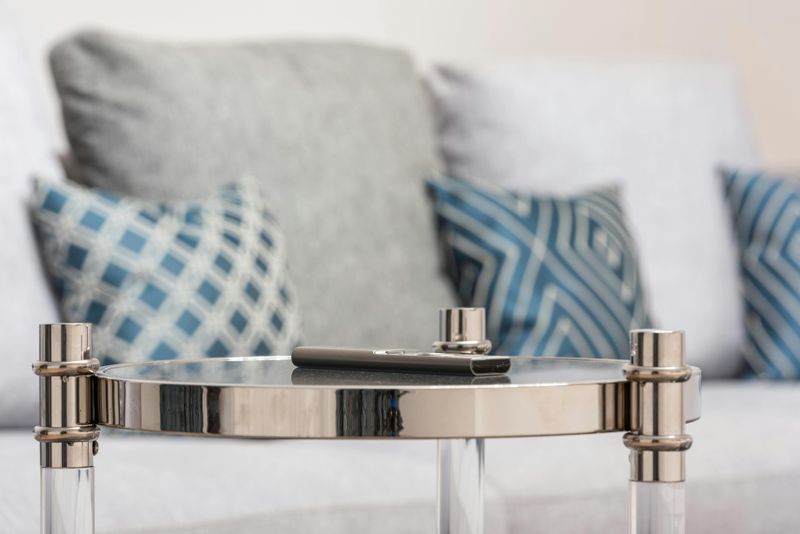Living in a small space doesn’t mean you have to feel cramped or confined. With some clever design tricks, even the tiniest rooms can feel open and airy. Whether you’re in a studio apartment, tiny house, or just dealing with a small room, these nine strategies will help transform your compact space into one that feels surprisingly spacious and full of light.
1. Strategic Mirror Placement
Mirrors are magical space-expanders that bounce light around and create the illusion of depth. Position a large mirror opposite a window to reflect natural light throughout the room and double the view.
For narrow hallways, try a row of smaller mirrors to visually widen the space. Even mirrored furniture or cabinet doors can work wonders in tight kitchens or bathrooms.
The trick is placement—aim mirrors at your room’s prettiest features or light sources, not at clutter or blank walls. This simple change can make your space feel twice as large without moving a single wall!
2. Light-Colored Paint Palette
Color psychology plays a huge role in how we perceive space. Soft whites, creamy ivories, and pale blues reflect light instead of absorbing it, instantly making walls recede visually.
Consider painting your ceiling a shade lighter than your walls—this clever trick draws the eye upward and creates the feeling of higher ceilings. Don’t forget trim and moldings; when painted the same color as walls, they create an unbroken line that expands the space.
Monochromatic doesn’t mean boring! Add depth with different textures in the same color family for a sophisticated look that maximizes spaciousness.
3. Furniture with Exposed Legs
Bulky furniture is the enemy of small spaces. Swap out heavy pieces for items with exposed legs that allow you to see the floor underneath. This simple change creates a sense of openness and flow that tricks the eye.
Mid-century modern designs excel here—their slim profiles and raised bases make perfect small-space companions. Even better, choose multi-functional pieces like storage ottomans or nesting tables that can be tucked away when not needed.
The visible floor space beneath furniture creates breathing room, allowing light to travel underneath rather than being blocked. This continuous floor line makes your entire space feel more expansive and less cluttered.
4. Vertical Storage Solutions
Look up! Your walls are valuable real estate in small spaces. Floor-to-ceiling bookshelves, hanging planters, and mounted shelving draw the eye upward, creating the illusion of height while keeping floor space open.
Wall-mounted nightstands instead of traditional ones free up precious bedroom floor space. In kitchens, magnetic knife strips and hanging pot racks turn utensils into decorative elements while saving drawer space.
Remember that negative space matters too—don’t fill every inch of your vertical storage. Leave some empty spots to prevent visual overwhelm and maintain that crucial sense of openness that makes small spaces feel livable.
5. Clear and Transparent Elements
Ghost chairs, glass tables, and lucite accessories are secret weapons for small spaces. These transparent pieces serve their function without the visual weight of solid furniture, letting your eye travel through them rather than stopping at a visual barrier.
A glass coffee table keeps your living area feeling open while still providing surface space. Clear shower curtains make tiny bathrooms feel less boxed in, and glass cabinet doors in kitchens create depth where solid doors would feel flat.
The beauty of transparent elements is their chameleon-like ability to exist without dominating—they’re there when you need them functionally, but visually, they almost disappear!
6. Smart Lighting Layers
Shadows make spaces feel smaller, so banish dark corners with strategic lighting at different heights. Combine overhead fixtures, wall sconces, and table lamps to eliminate shadows and create an evenly lit environment.
Recessed lighting works wonders in low ceilings where hanging fixtures might feel intrusive. For extra brightness without more fixtures, use LED bulbs with higher lumens and cooler color temperatures that mimic daylight.
Dimmer switches give you control over light intensity throughout the day—bright and energizing in the morning, softer and more atmospheric in the evening. This flexibility makes your space feel purposeful and adaptable rather than cramped.
7. Dual-Purpose Furniture Investments
When every square foot counts, furniture should work twice as hard. Sofa beds welcome overnight guests without dedicating permanent space to a guest room. Extendable dining tables accommodate dinner parties but shrink for daily use.
Storage beds hide seasonal clothing, extra linens, or rarely-used items in otherwise wasted space. Drop-leaf tables can serve as desks, dining spots, or be folded against walls when not needed.
The key is choosing pieces that transition smoothly between functions—clunky mechanisms or awkward conversions will frustrate you daily. Quality matters here; invest in well-designed transforming pieces that will stand up to frequent use and configuration changes.
8. Minimalist Window Treatments
Heavy drapes may be luxurious, but they eat up visual space and block precious natural light. Opt instead for simple blinds, sheer curtains, or lightweight roman shades that filter light without overwhelming the window area.
Mount curtain rods near the ceiling rather than directly above windows—this draws the eye up and makes windows appear taller. Extend rods beyond window frames so curtains can be pulled completely clear, allowing maximum light entry.
For privacy without sacrificing brightness, consider bottom-up shades that cover only the lower portion of windows or frosted window film that obscures the view while still welcoming sunlight. The more natural light you capture, the more expansive your space will feel.
9. Strategic Use of Patterns
Patterns aren’t off-limits in small spaces—they just need thoughtful application. Horizontal stripes on a feature wall can visually widen a narrow room, while vertical patterns create the illusion of higher ceilings.
Scale matters tremendously; oversized patterns can actually make a space feel larger by creating fewer visual breaks than small, busy patterns. Limit yourself to one or two statement patterns, using them as focal points rather than competing elements.
Consider unexpected places for pattern—a bold ceiling draws the eye up, while patterned flooring can define zones in an open layout without physical dividers. These strategic pattern placements direct attention exactly where you want it, creating perception-altering focal points.

